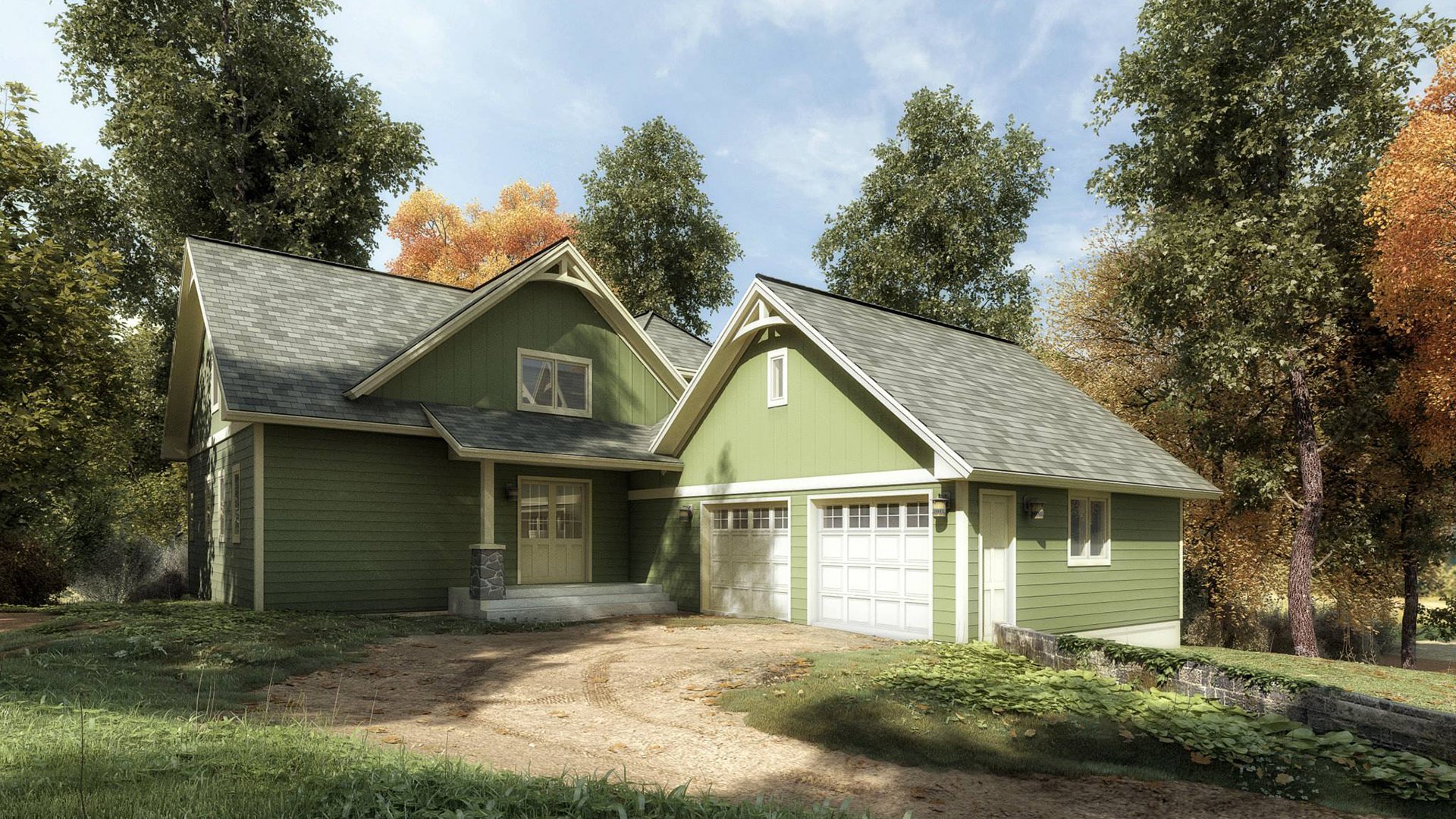
Photorealistic Architectural Renderings
When people view a rendering, they respond not only intellectually but emotionally. The brain processes light and spatial cues almost as it would in real life. A well-executed professional rendering triggers subconscious associations of familiarity, warmth, and believability — it feels real, which builds trust and desire. Viewers can imagine themselves inhabiting the space; their imagination completes the picture.
Amateur renderings, on the other hand, can create mild cognitive dissonance. The lighting might be flat, shadows too sharp, or colors unnaturally saturated. These minor inconsistencies prevent emotional engagement. Instead of being transported into the scene, the viewer remains an observer, aware of its artificiality.
A professional rendering doesn’t just show — it sells an idea through emotional resonance. It manipulates visual psychology to make the viewer feel the architecture, not just see it. The difference lies not in the tools, but in the trained understanding of light, material, composition, and human perception.
-

Exterior renderings are powerful marketing tools for architects, real estate developers, and construction companies. They provide realistic visualizations of a building's external appearance, helping to communicate design intent, attract potential buyers, and gain stakeholder approvals.
-

Interior renderings offer numerous benefits that can significantly enhance a business's ability to attract clients, close deals, and stand out in the competitive interior design and real estate markets. Utilizing interior rendering offers advantages to improve client satisfaction.
